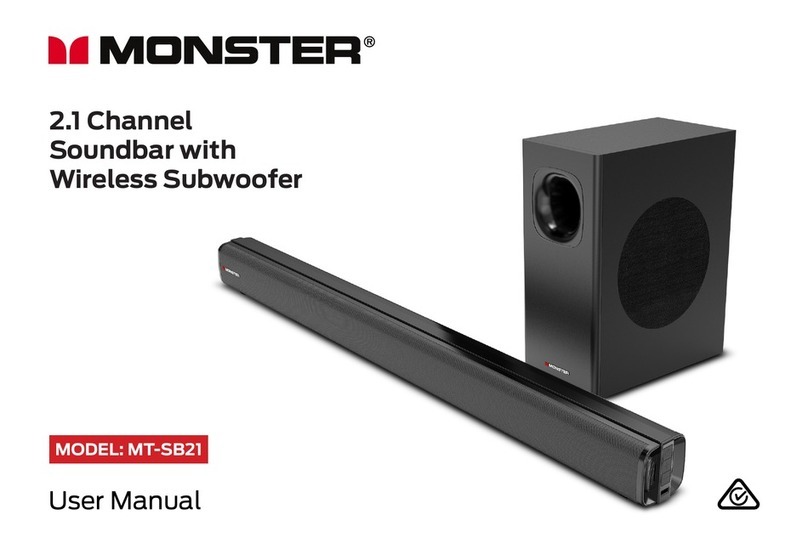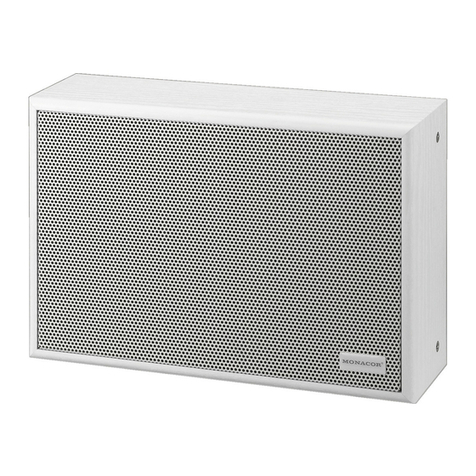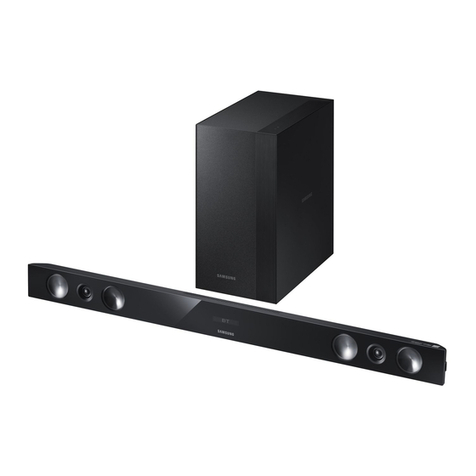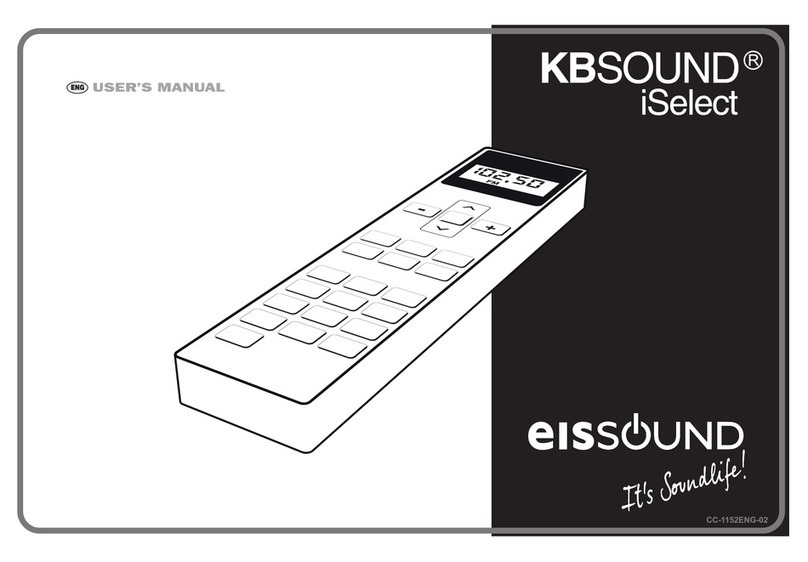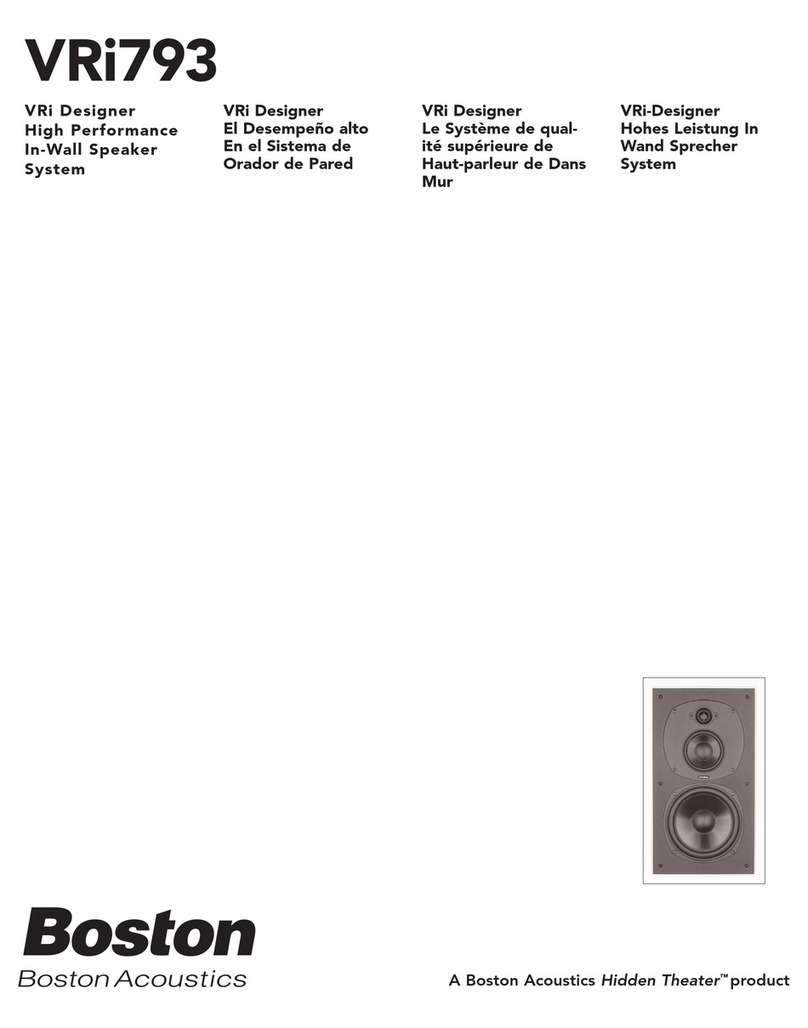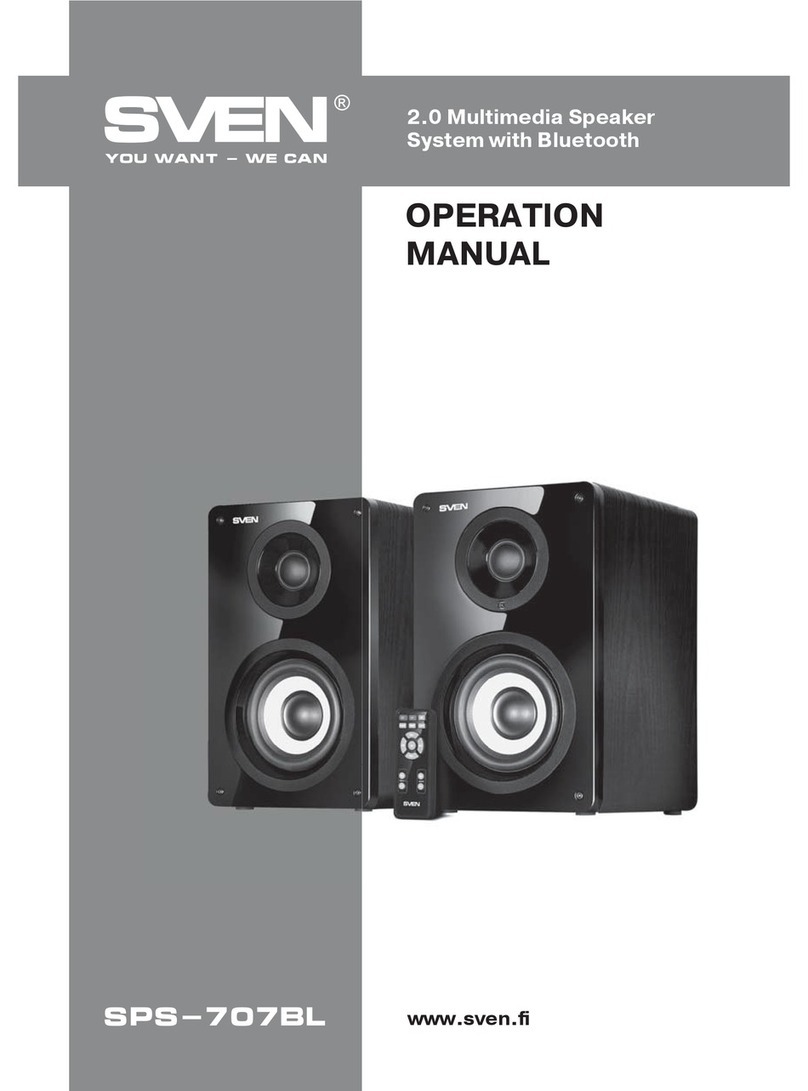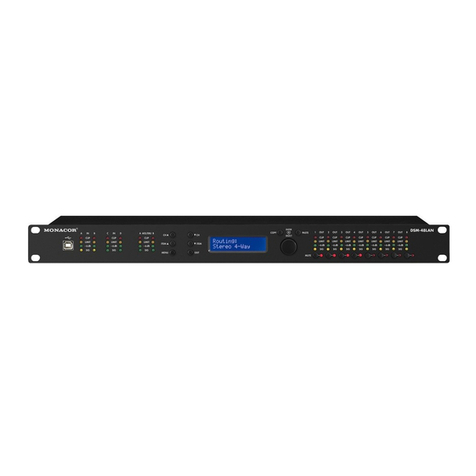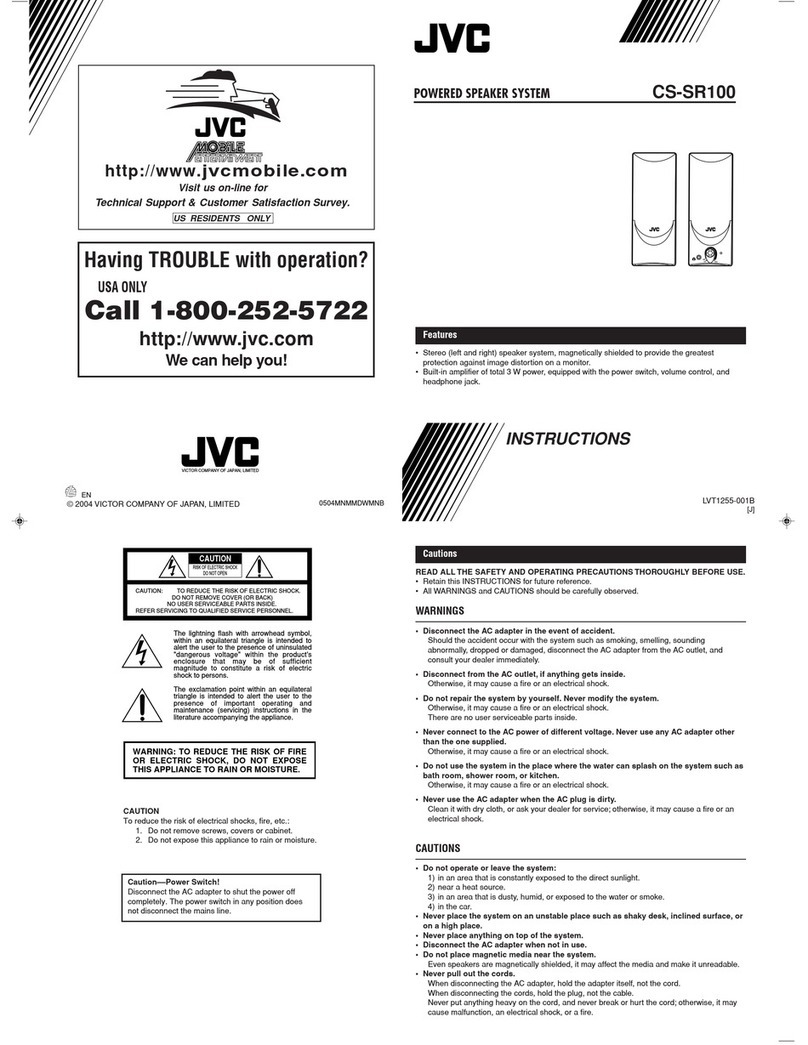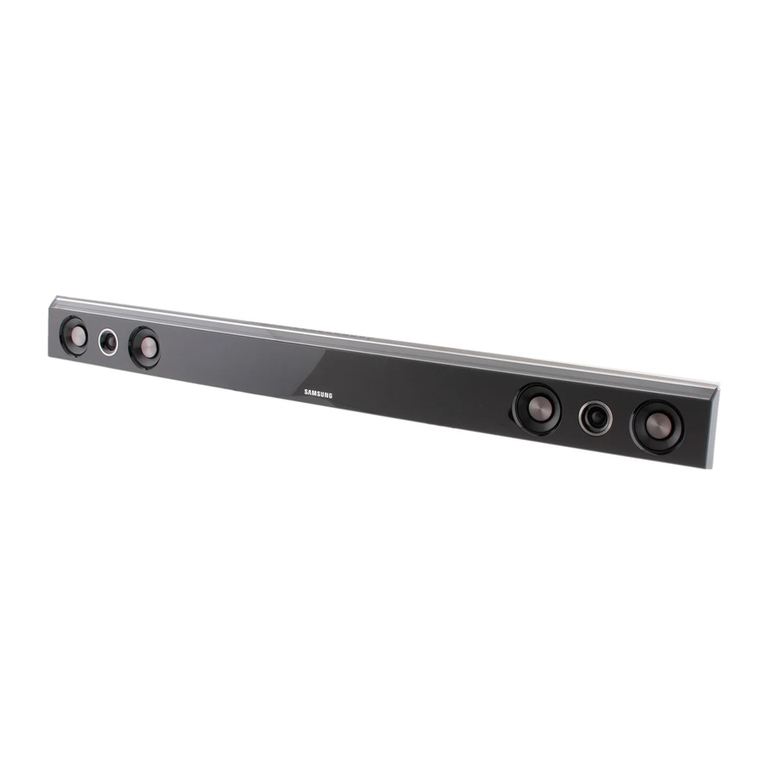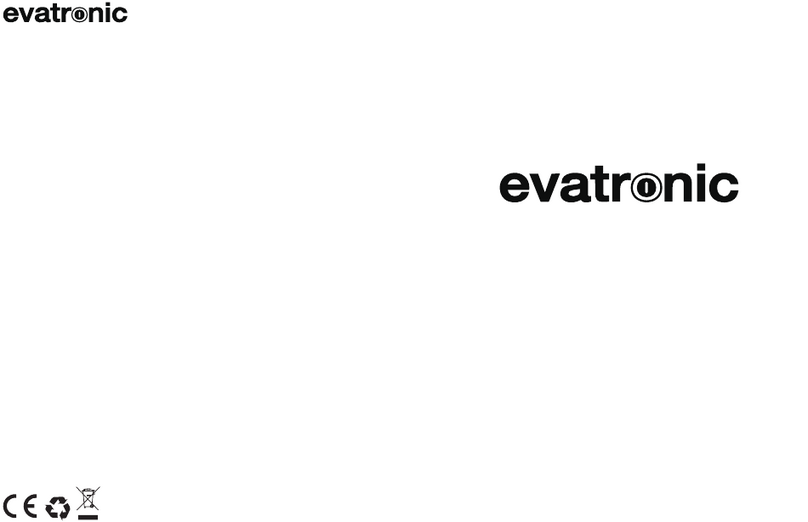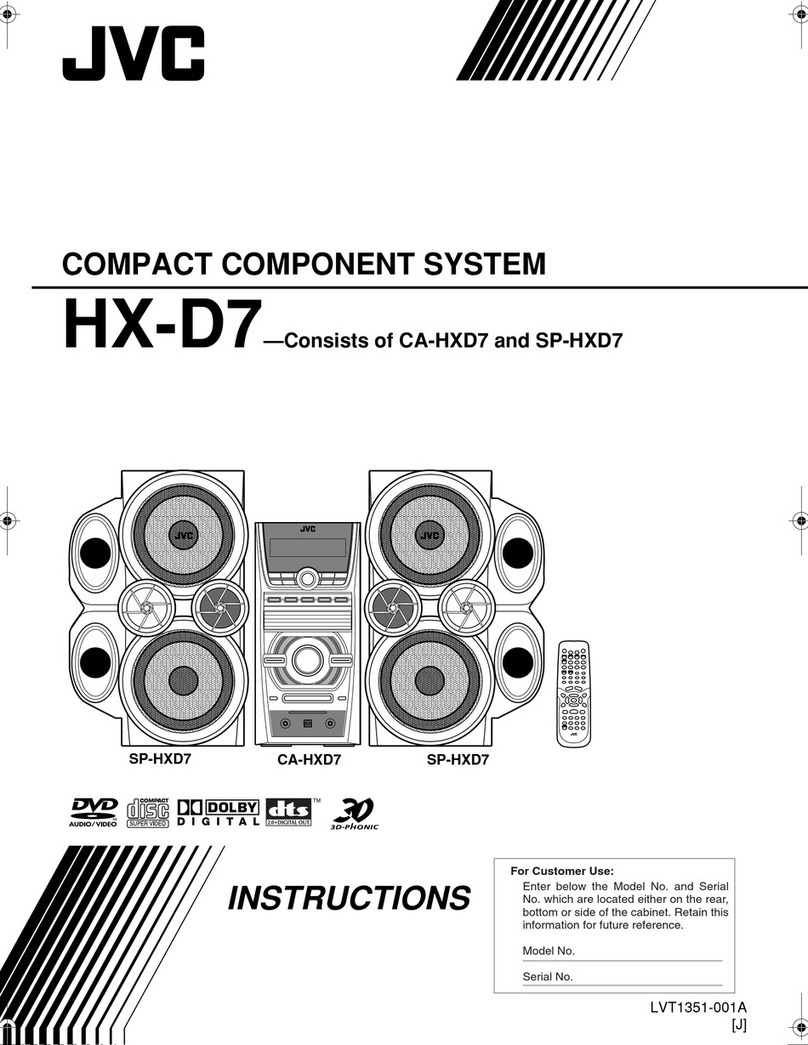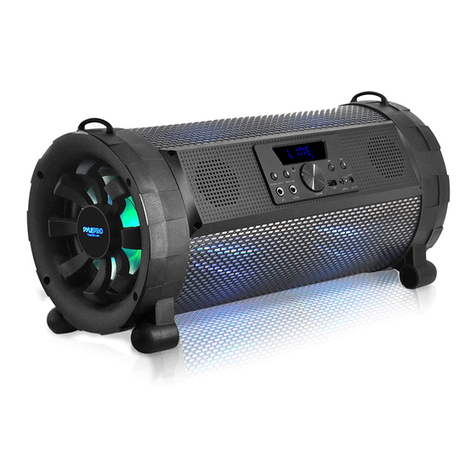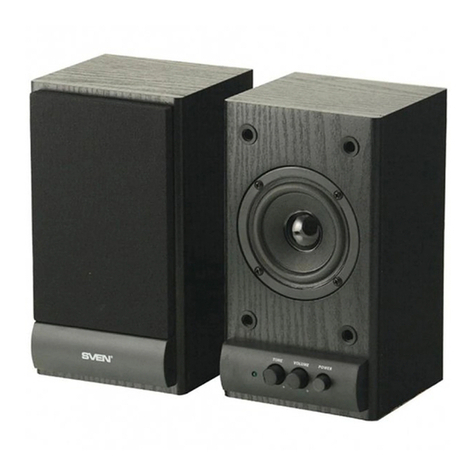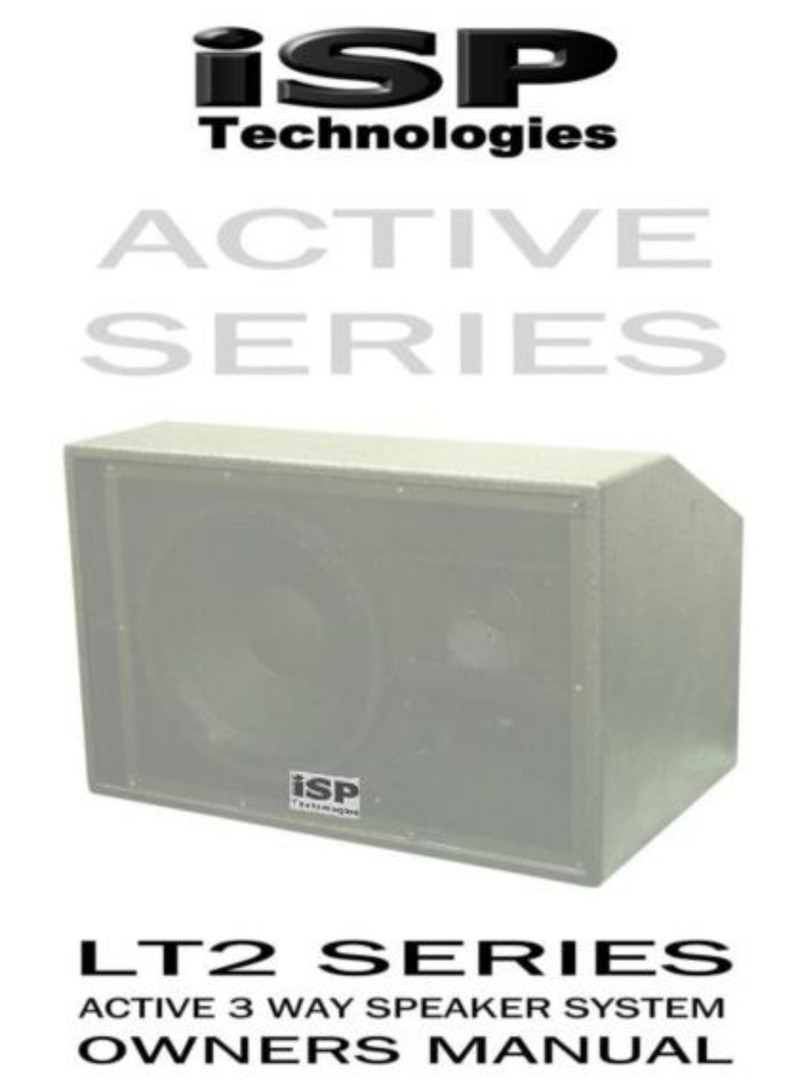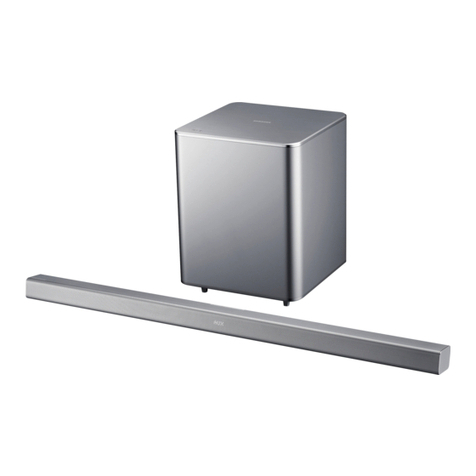MyLocoSound PLC009 US Steam User manual

1
MYLOCOSOUND
UNIVERSAL SOUND FOR LARGE SCALE, DC, STEAM LOCOMOTIVES
1.OVERVIEW
Easy installation using screw terminals with no soldering.
Uses a TV remote control to adjust the volume and sounds to match the prototype loco.
Provides a chuff sound which matches the loco speed and load.
Sixteen pre-selected whistles, each with adjustable tone to suit the loco.
Selectable sounds include whistle, bell, safety valve, “All aboard”, brake pump, injector, guard’s whistle
and brake squeal.
For track powered DC or battery powered radio controlled railways
2. CONTENTS
The soundcard generates synthesised sound which is adjustable to reproduce the sounds of
most steam locos and railmotors. The terminal connections on the right are necessary for
the soundcard to generate a chuff which varies with the loco speed and load. The terminal
connections on the left trigger the various sounds where the locomotive controller has the
appropriate outputs available. The trigger terminals are labelled F1 to F7 and are referred
to by these labels in these instructions. For example, “Triggering F1”means to close a
contact between the F1 terminal and the Battery negative terminal.
Sounds can also be triggered by the infra-red TV remote control which comes with the
soundcard. Although it can be used when running in the garden, the remote control is
intended mainly for the adjustment and testing of sounds due to its short range.
The remote control communicates with the soundcard via two infra-red receivers. One is
located on the soundcard and the other is on a flying lead which allows it to be fixed to any external
surface of the loco.
Adjustments to the sounds can then be made without taking the loco apart to access the soundcard.

2
Important Notes
The soundcard is designed for outdoor use and may not work correctly under bright incandescent
lights on a workbench. LED lights are okay.
The soundcard is in a “sleep” mode when not in use. Connecting it to power at the B+ and B-
terminals will not wake it up. It must also be connected to a motor at the M1 and M2 terminals as
well. The small voltage it sees at the motor will wake it up and it will then stay awake for as long as it
has power.
3. SPEAKERS AND SOUND QUALITY
The soundcard requires an 8 ohm loudspeaker which is not included. A 4 ohm speaker can also
be used but you may cause the soundcard to overheat and temporarily shut down if the volume
is very high and the soundcard is in a confined space.. Your choice of speaker is highly important
because it determines the quality of the sound produced.
The lowest cost option is to fit speaker from your local consumer electronics store. Typically
these come in 27mm or 57mm diameters. Use the largest which you can fit in your loco.
For a better quality sound and more volume, the speaker needs to be baffled.
That means that it needs to be built into the front face of an airtight box so
that sound is heard only from the front of the speaker and none from the
back. The plastic top of a spray paint can is good for making a baffle as shown in the diagram.
A good solution, which ensures high quality sound with lots of deep throbbing
bass, is to purchase an 8 ohm impedance external speaker unit for iPod and MP3
music players and remove the two speaker modules, in their enclosures, for use
in two locos. These are readily available at consumer electronics stores.
Speakers can be connected to the terminals either way around.
It is also possible to boost the volume by using a commercial stereo amplifier. Section 13 of these instructions
shows how this can be done. Use of an external amplifier is recommended for ride on railways.

3
4. INSTALLING THE SOUNDCARD IN A TRACK POWERED LOCOMOTIVE, DC OR DCC
The soundcard is suitable for use on analogue DC track powered railways on which the following wiring
diagram should be used:
The wiring diagram below shows the connections for the DC jumper board in a Bachmann locomotive.
When the motor voltage is below seven volts it is insufficient to power the soundcard. Therefore a 9v
volt PP3 or a 7.2v cordless phone battery is used to drive the soundcard and produce sound when the
loco is static or moving slowly. This battery will be automatically recharged whenever the motor voltage
is at about 1.8 volts higher than the battery voltage so there should never be a need to remove the
battery for recharging. However, the battery must be a Nickel Metal Hydride type; Lithium and Nickel
Cadmium batteries must not be used. On small shunting layouts, the loco speed is often not high
enough for charging to take place. Some owners of shunting layouts put an isolation switch on the loco
motor circuit so that they can turn up the power to recharge the battery without having the loco move.

4
On analogue DC layouts which have pure DC controllers (as opposed to PWM controllers) you may need
to give the throttle a bit of a tweak to start the sound. On those layouts, the sound will automatically
turn off after one minute of inactivity and another tweak will turn it back on. With the more common
PWM controllers and with DCC the sound will turn on automatically and stay on.
When the loco is removed from the track the soundcard will go into a “sleep” mode to preserve the
battery charge. A fully charged battery should retain charge for over a year.
Because most DC controllers do not have function buttons, an alternative way of triggering the horn,
bell and other sounds needs to be found. The options are:
1. You can set the whistle to sound automatically three times a minute when the train is running.
Other sounds can also be triggered automatically. This is described in section 8.
2. You can connect the soundcard whistle trigger to a reed switch which you mount on the bottom of
the loco. Then install magnets in the track where you want the horn to sound eg. at the
approaches to a level crossing. The horn will then sound briefly as the loco crosses each magnet.
3. Use the remote control, supplied with the soundcard, to trigger all the sounds as described in
section 8. However, infra-red remote controls are not designed for long distance use outside. On
an overcast but bright day, the remote control, powered by AA or AAA batteries will probably
operate up to three metres away.
Any combination, or all, of these methods can be used.
With DCC, the soundcard is not a decoder and cannot trigger sounds directly from the controller.
Therefore the above methods are used to trigger the sounds. Some decoders have a servo output which
can be used to trigger sounds from the controller buttons by using a servo switch. They may also have a
constant DC power output which can replace the battery if it is in the voltage range 8 to 24 volts. These
connection options are shown below:

5
Many decoders also have function outputs which can be used to trigger sounds. However, this is
technically difficult and you should only attempt it if you are very familiar with your decoder and the
setting of CVs.
Now continue reading at section 6.
5. INSTALLING THE SOUNDCARD IN A BATTERY POWERED LOCOMOTIVE OR RAILCAR
The wiring diagram below shows a typical installation for common types of battery powered radio control
systems.
The RailBoss 4 can trigger four sound functions.
The fifth and sixth soundcard triggers, the brake pump and injector, therefore cannot be radio controlled
and will need to be switched on, if required, by the IR remote control or be set to sound automatically.
The above wiring diagrams can be seen in colour by visiting the web site at www.mylocosound.com\installs.
Also shown are specific wiring diagrams for RCS, Spoerer, Mtronics, Roundhouse and LocoLinc.
The Crest Revolution can trigger all sound functions and is connected as shown in the diagram on the next
page. To connect the Crest Revolution, the adaptor plug for custom installations is used with the outer
red, orange, grey and black wires being connected as shown. The whistle and despatch functions should
be set to momentary by selecting MENU –ASSIGN FUNCTIONS –AUX FUNC SETUP.
Note that volume is adjusted by the remote control and not by the transmitter 7, 8 and 9 buttons.
Note also that early Revolution receivers, without the onboard sound, will start the soundcard
immediately when power is switched on. However this will not happen with later Revolution receivers
with the onboard sound. With the later ones you will need to throttle up three button presses to switch
on the sound which will then stay on.
Table of contents
Other MyLocoSound Speakers System manuals

